Your cart is currently empty!
Tag: Supremacy
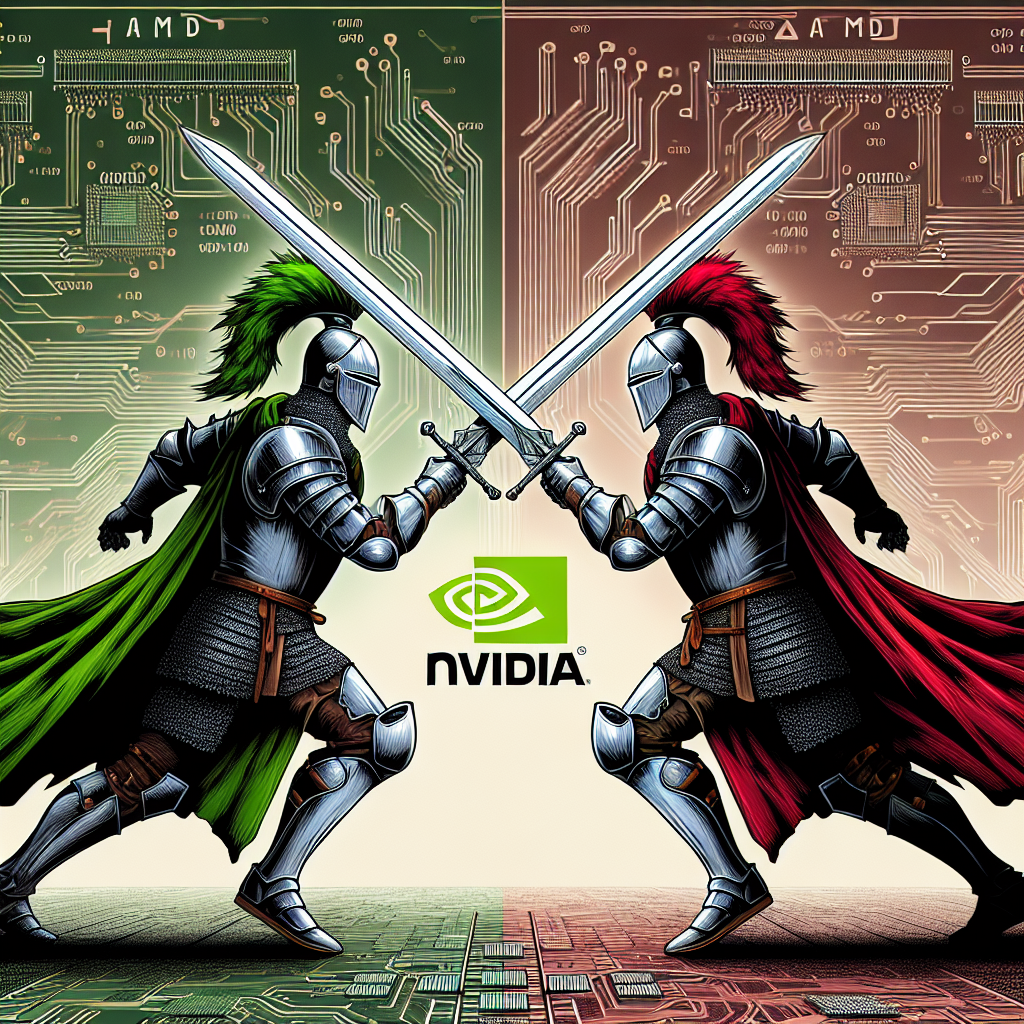
NVIDIA vs. AMD: The Battle for GPU Supremacy
In the world of graphics processing units (GPUs), two companies stand out as the dominant players: NVIDIA and AMD. Both companies have been battling it out for supremacy in the GPU market for years, each offering their own unique strengths and advantages. But which company is truly the best when it comes to GPUs?NVIDIA, founded in 1993, has long been considered the leader in the GPU market. The company’s GeForce line of GPUs is highly regarded for its performance, power efficiency, and advanced features such as ray tracing and DLSS. NVIDIA GPUs are also widely used in the gaming industry, with many top gaming PCs and laptops featuring NVIDIA graphics cards.
On the other hand, AMD, founded in 1969, has been making a name for itself in the GPU market with its Radeon line of GPUs. AMD GPUs are known for their competitive pricing and strong performance in areas such as compute tasks and content creation. AMD has also made significant strides in the gaming market with its Radeon RX series of graphics cards, which offer solid performance at a more affordable price point compared to NVIDIA’s offerings.
In terms of raw performance, NVIDIA GPUs typically have the edge over AMD GPUs, especially in high-end gaming and professional applications. NVIDIA’s latest Ampere architecture, found in GPUs like the GeForce RTX 30 series, offers impressive performance gains and features like real-time ray tracing and AI-enhanced graphics. AMD’s latest RDNA 2 architecture, found in GPUs like the Radeon RX 6000 series, has also been well-received for its strong performance and competitive pricing.
When it comes to price-to-performance ratio, AMD often comes out on top. AMD GPUs tend to offer better value for money compared to NVIDIA’s offerings, making them a popular choice for budget-conscious gamers and content creators. AMD’s Smart Access Memory technology, which allows AMD CPUs to access the full capabilities of AMD GPUs, has also helped boost performance in gaming and content creation tasks.
Ultimately, the battle for GPU supremacy between NVIDIA and AMD comes down to personal preference and specific needs. Gamers and professionals looking for the absolute best performance and features may lean towards NVIDIA, while those looking for good performance at a more affordable price point may prefer AMD. Both companies continue to innovate and push the boundaries of GPU technology, ensuring that consumers have a wide range of options to choose from.
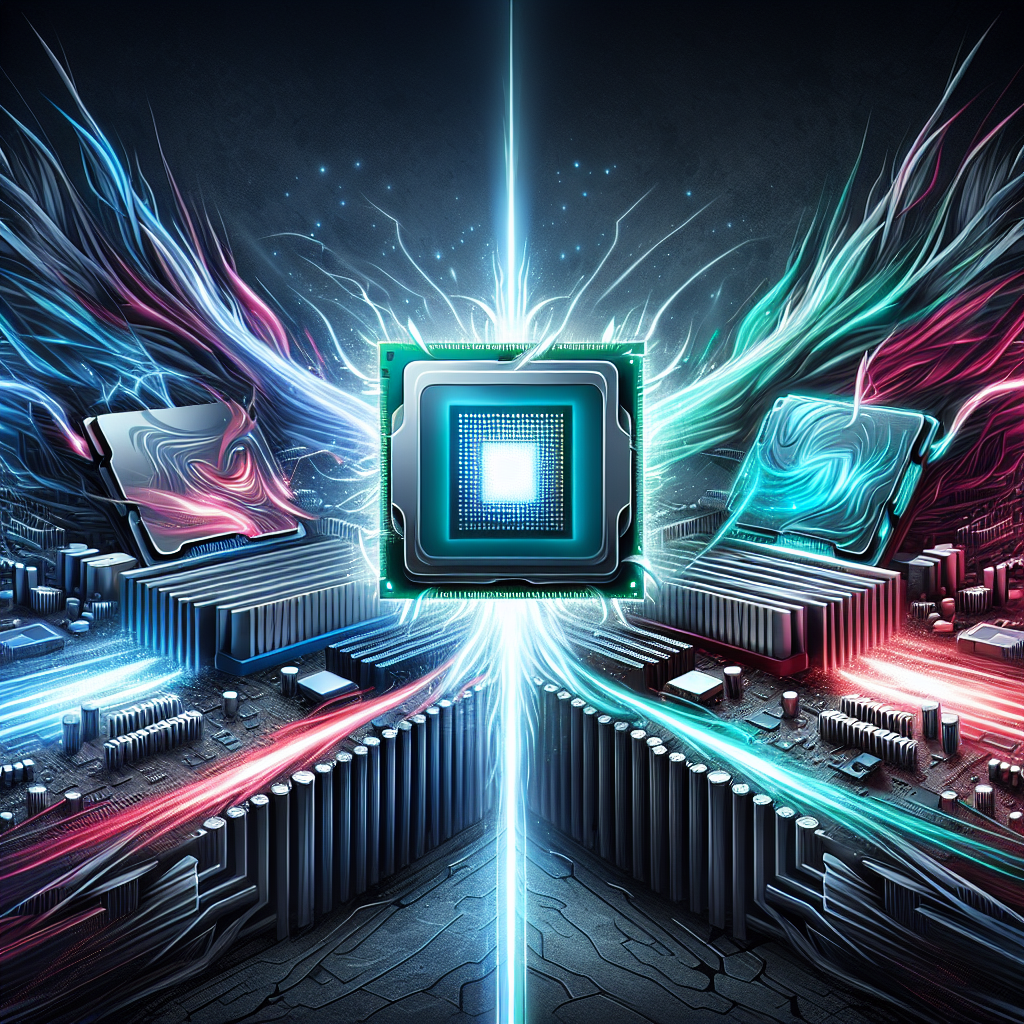
AMD vs. Intel: A Battle for Processor Supremacy
In the world of computer processors, two heavyweights have been battling it out for supremacy for decades: AMD and Intel. These two companies have been at the forefront of processor technology, constantly pushing the boundaries of what is possible in terms of performance and efficiency. But which company is truly the king of processors? Let’s take a closer look at the ongoing battle between AMD and Intel.AMD, or Advanced Micro Devices, is a company that has been around since 1969. They have always been known for their innovative and cutting-edge technology, and their processors have gained a loyal following among tech enthusiasts. One of the key advantages of AMD processors is their affordability. AMD processors tend to be cheaper than their Intel counterparts, making them a popular choice for budget-conscious consumers.
On the other hand, Intel is a giant in the world of processors. They have been dominating the market for years, with their processors powering the majority of computers worldwide. Intel processors are known for their reliability and performance, making them a popular choice for gamers and professionals who require high-speed computing power.
In terms of performance, both AMD and Intel have their strengths and weaknesses. AMD processors are known for their multithreading capabilities, which allow them to handle multiple tasks simultaneously. This makes them a great choice for multitasking and heavy workloads. Intel processors, on the other hand, are known for their single-threaded performance, which makes them ideal for tasks that require high clock speeds, such as gaming.
One area where AMD has been making significant strides in recent years is in the realm of power efficiency. AMD’s Ryzen processors are known for their excellent power efficiency, making them a great choice for laptops and other devices that require long battery life. Intel, on the other hand, has been working on improving their power efficiency as well, but they still lag behind AMD in this regard.
In terms of market share, Intel still holds the lion’s share of the processor market, but AMD has been gaining ground in recent years. With the release of their Ryzen processors, AMD has been able to offer competitive performance at a lower price point, attracting more consumers to their products.
In conclusion, the battle between AMD and Intel for processor supremacy is an ongoing one, with both companies constantly pushing the boundaries of what is possible in terms of performance and efficiency. Whether you choose AMD or Intel, you can rest assured that you are getting a quality product that will power your computing needs for years to come.

AMD vs. Intel: The Battle for Processor Supremacy
When it comes to computer processors, two names stand out among the rest: AMD and Intel. For decades, these two tech giants have been locked in a battle for processor supremacy, each striving to outdo the other in terms of performance, efficiency, and innovation. But which company comes out on top? Let’s take a closer look at the AMD vs. Intel showdown.AMD, or Advanced Micro Devices, has been a major player in the processor market since the 1980s. Known for its innovative technology and competitive pricing, AMD has gained a loyal following among gamers, content creators, and tech enthusiasts. In recent years, AMD has made significant strides in improving its processor architecture, with its Ryzen series of CPUs receiving rave reviews for their performance and value.
On the other hand, Intel has long been the dominant force in the processor market, with its Core series of CPUs powering millions of computers around the world. Intel’s processors are known for their reliability and stability, making them a popular choice for businesses and consumers alike. However, in recent years, Intel has faced stiff competition from AMD, with the latter closing the performance gap and offering more competitive pricing.
One of the key factors in the AMD vs. Intel battle is the performance of their processors. Both companies have been pushing the boundaries of processor technology, with each new generation of CPUs delivering faster speeds and improved efficiency. AMD’s Ryzen processors have been praised for their multi-core performance, making them ideal for multitasking and content creation. Intel, on the other hand, has focused on single-core performance, which is important for tasks like gaming and everyday computing.
In terms of pricing, AMD has a reputation for offering better value for money compared to Intel. AMD’s processors are often priced lower than their Intel counterparts, making them a popular choice for budget-conscious consumers. Intel’s processors, while more expensive, are known for their reliability and brand reputation.
Ultimately, the choice between AMD and Intel comes down to personal preference and specific needs. Gamers and content creators may prefer AMD’s Ryzen processors for their multi-core performance, while businesses and professionals may lean towards Intel for its stability and brand reputation. Whichever company you choose, both AMD and Intel continue to push the boundaries of processor technology, ensuring that consumers have access to the latest and greatest in computing power.

AMD vs. Nvidia: A Battle for GPU Supremacy
When it comes to the world of graphics processing units (GPUs), two names stand out above the rest: AMD and Nvidia. These two companies have been locked in a battle for GPU supremacy for years, with each releasing new products and technologies to try and outdo the other. But which company truly reigns supreme in the world of GPUs?Nvidia is perhaps the more well-known of the two companies, with their line of GeForce GPUs being popular among gamers and professionals alike. Their GPUs are known for their high performance and power efficiency, making them a top choice for those looking to push their graphics to the limit. Nvidia also has a strong presence in the AI and machine learning markets, with their Tesla GPUs being used in data centers around the world.
On the other hand, AMD has been making waves in the GPU market with their Radeon line of GPUs. While not as dominant as Nvidia, AMD’s GPUs are known for their competitive pricing and solid performance. AMD has also been making inroads in the gaming market, with their GPUs being used in popular gaming consoles like the Xbox Series X and PlayStation 5.
In terms of performance, Nvidia has traditionally held the edge over AMD. Their GPUs are often faster and more efficient than their AMD counterparts, making them a popular choice among gamers and professionals who demand top-tier performance. However, AMD has been closing the gap in recent years, with their latest Radeon GPUs offering impressive performance at a more affordable price point.
One area where AMD has a clear advantage over Nvidia is in terms of compatibility. AMD’s GPUs are known for being more versatile and compatible with a wider range of systems and software. This can be a major selling point for those who want to ensure their GPU will work seamlessly with their existing hardware and software.
In conclusion, the battle for GPU supremacy between AMD and Nvidia is a close one. While Nvidia may have the edge in terms of raw performance and market dominance, AMD is quickly closing the gap with their competitive pricing and improved performance. Ultimately, the choice between AMD and Nvidia will come down to personal preference and specific needs. Whether you’re a hardcore gamer, a professional designer, or a data center operator, both AMD and Nvidia have something to offer in the world of GPUs.

AMD vs Intel: A Battle for Processor Supremacy
When it comes to processors, two major players have dominated the market for decades: AMD and Intel. These two companies have been locked in a battle for supremacy, constantly pushing the boundaries of technology to outdo each other. But which one is truly the king of processors?AMD, short for Advanced Micro Devices, has been a formidable competitor to Intel since its founding in 1969. The company has a reputation for producing high-performance processors at a more affordable price point than its rival. AMD’s Ryzen series of processors, in particular, have gained a strong following among gamers and content creators for their impressive performance and value.
On the other hand, Intel has long been the dominant force in the processor market, known for its cutting-edge technology and innovation. The company’s Core series of processors have set the standard for performance and reliability, making them a popular choice among professionals and enthusiasts alike.
In terms of performance, both AMD and Intel have their strengths and weaknesses. AMD processors typically offer more cores and threads for multitasking, making them a great choice for intensive tasks like video editing and 3D rendering. Intel processors, on the other hand, tend to have higher clock speeds and better single-core performance, making them ideal for gaming and other tasks that require quick responsiveness.
In recent years, AMD has made significant strides in closing the performance gap with Intel, thanks to its Zen architecture and Ryzen processors. These chips have proven to be competitive with Intel’s offerings in terms of performance, while still maintaining a lower price point. This has forced Intel to up its game and release new processors to stay ahead in the battle for supremacy.
Ultimately, the choice between AMD and Intel comes down to personal preference and specific needs. Gamers and content creators may find AMD’s Ryzen processors to be the better option for their needs, while professionals and enthusiasts may prefer Intel’s Core processors for their reliability and performance.
In conclusion, the battle for processor supremacy between AMD and Intel continues to rage on, with both companies pushing the boundaries of technology to outdo each other. Ultimately, both companies offer high-quality processors that cater to different needs and preferences. Whether you choose AMD or Intel, you can rest assured that you’re getting a top-of-the-line processor that will power your computer for years to come.
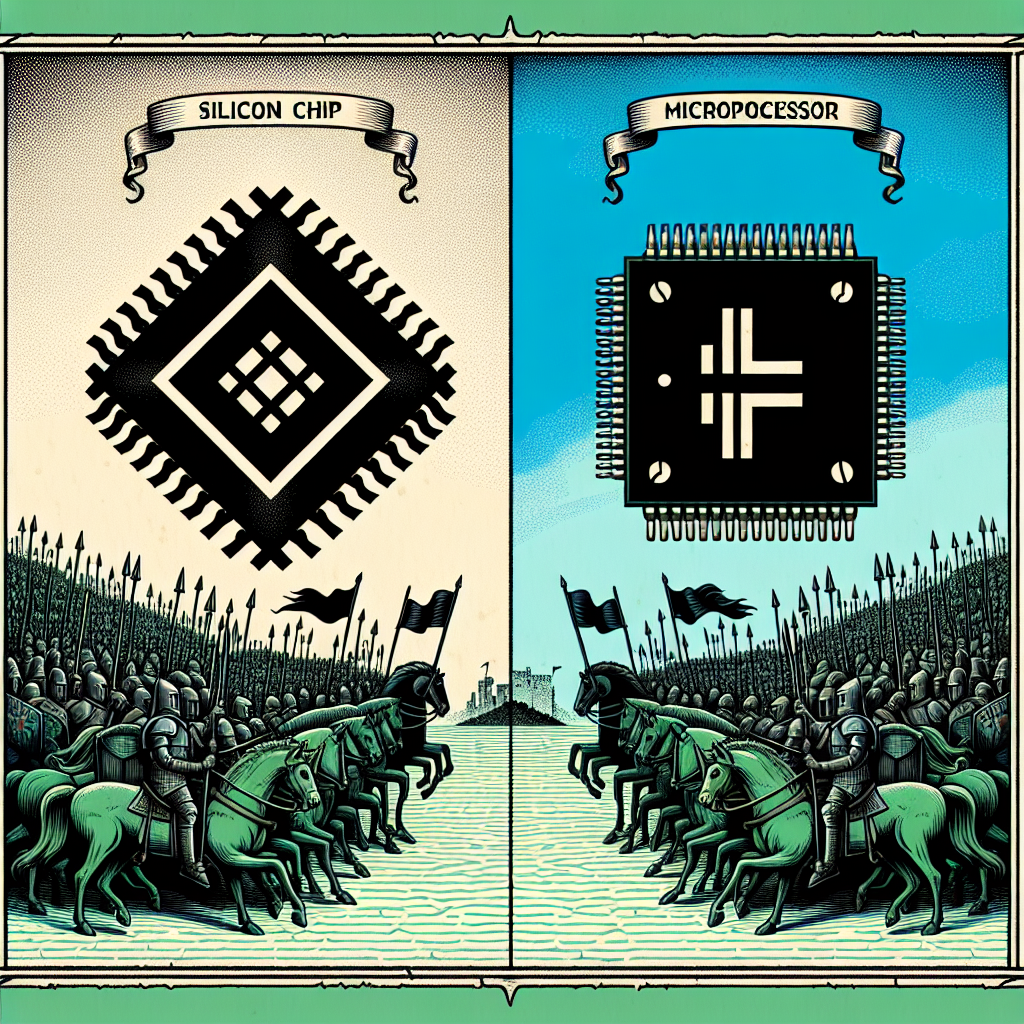
AMD vs Intel: A Battle for Semiconductor Supremacy
In the world of computer processors, two giants have long been battling it out for supremacy – AMD and Intel. These two semiconductor companies have been at the forefront of innovation and technological advancements in the industry for decades, constantly pushing each other to new heights in performance and efficiency.AMD, or Advanced Micro Devices, was founded in 1969 and has been a key player in the semiconductor industry ever since. They have made a name for themselves by offering powerful processors at a more affordable price point than their competitors. On the other hand, Intel, founded in 1968, has long been considered the leader in the industry, known for their high-performance processors that are often the go-to choice for gamers, professionals, and tech enthusiasts.
In recent years, AMD has been gaining ground on Intel with their Ryzen line of processors. These processors have been praised for their impressive multi-core performance, making them ideal for tasks such as video editing, 3D rendering, and gaming. AMD has also made strides in the mobile processor market with their Ryzen Mobile processors, offering competitive performance and power efficiency.
Intel, on the other hand, has continued to focus on single-core performance, which is crucial for tasks like gaming and everyday computing. Their flagship Core i9 processors are known for their high clock speeds and superior single-core performance, making them a popular choice among gamers and professionals who require top-notch performance.
Both companies have their strengths and weaknesses, and the battle for semiconductor supremacy is far from over. AMD has been making significant strides in recent years with their Ryzen processors, while Intel continues to dominate the market with their Core lineup. Ultimately, the choice between AMD and Intel comes down to personal preference and the specific needs of the user.
In conclusion, the battle between AMD and Intel is a fierce one, with both companies constantly pushing the boundaries of technology and innovation. Whether you’re a gamer, professional, or casual user, both AMD and Intel offer a wide range of processors to suit your needs. The competition between these two giants is not only benefiting consumers with more powerful and efficient processors, but also driving the industry forward as a whole.
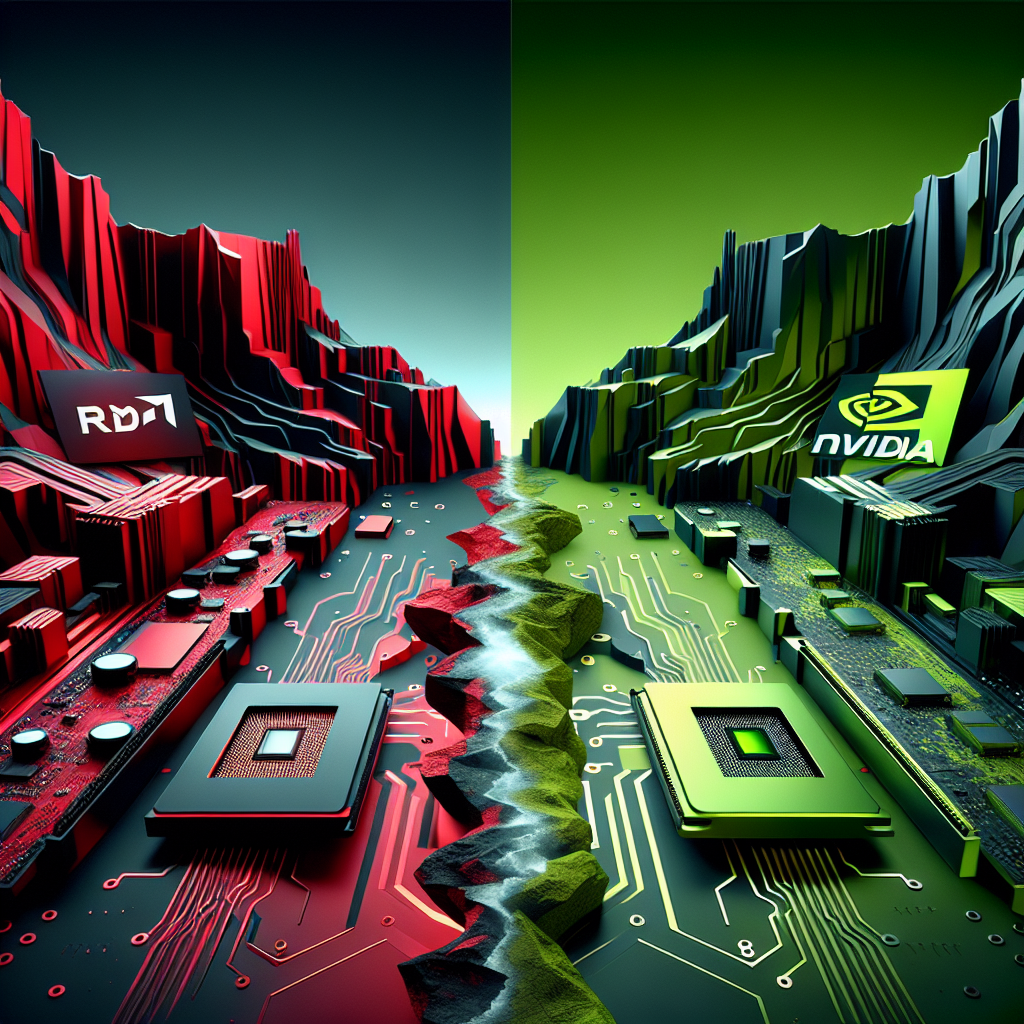
AMD vs. Nvidia: The Battle for Graphics Card Supremacy
In the world of gaming and graphic design, there are two major players that dominate the market: AMD and Nvidia. These two companies have been going head to head for years, constantly pushing the boundaries of technology and innovation to create the best graphics cards on the market. But which company truly reigns supreme when it comes to graphics card performance?AMD and Nvidia both offer a range of graphics cards that cater to different budgets and needs. Nvidia is known for its high-end GPUs like the GeForce RTX series, which are renowned for their superior performance and impressive ray tracing capabilities. On the other hand, AMD’s Radeon RX series offers great value for money and is popular among budget-conscious gamers.
When it comes to performance, Nvidia has historically had the upper hand. Their GPUs tend to outperform AMD’s counterparts in benchmarks and real-world gaming scenarios. Nvidia’s proprietary technologies like DLSS (Deep Learning Super Sampling) and ray tracing have also set them apart from the competition, offering gamers a more immersive and visually stunning experience.
However, AMD has been gaining ground in recent years with their Radeon RX 6000 series. These GPUs offer competitive performance at a lower price point, making them an attractive option for gamers on a budget. AMD’s partnership with Microsoft and Sony for the next-gen consoles has also helped boost their reputation in the gaming community.
In terms of software support, Nvidia has the edge with their GeForce Experience software, which provides users with tools to optimize game settings, record gameplay, and stream to platforms like Twitch. AMD’s Radeon Software is also robust and offers similar features, but Nvidia’s software is generally considered more user-friendly and feature-rich.
Ultimately, the battle for graphics card supremacy between AMD and Nvidia comes down to personal preference and budget. Nvidia’s high-end GPUs offer unparalleled performance and cutting-edge technologies, but they come at a premium price. AMD, on the other hand, provides great value for money and competitive performance for budget-conscious gamers.
Whether you choose AMD or Nvidia, both companies continue to push the boundaries of graphics card technology, driving innovation and competition in the industry. Gamers and graphic designers alike can rest assured that they have two formidable options to choose from when it comes to finding the perfect graphics card for their needs.
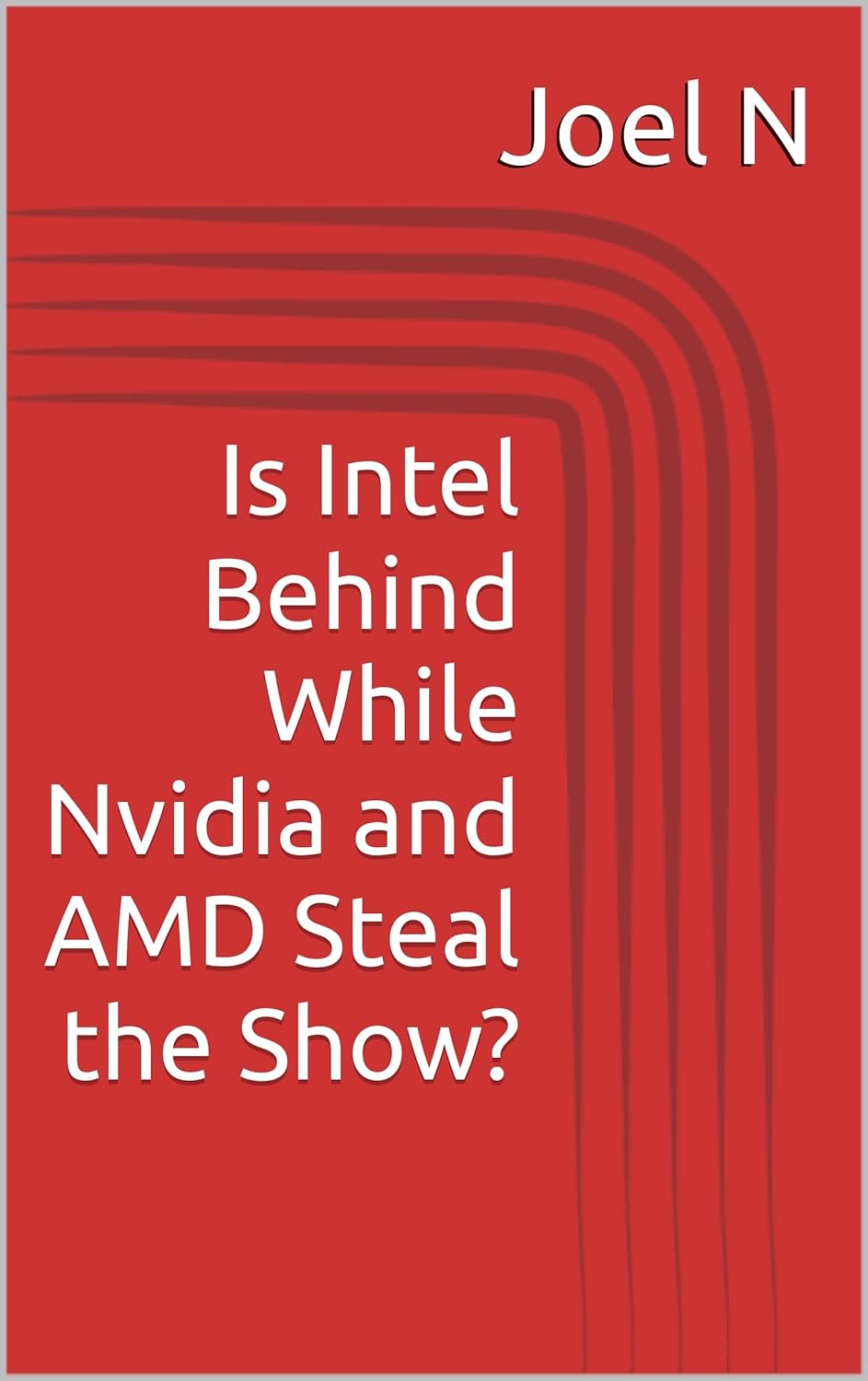
Is Intel Behind While Nvidia and AMD Steal the Show? (“Tech Titans: The Battle for Semiconductor Supremacy” Book 1)
Price: $6.99
(as of Dec 17,2024 10:54:45 UTC – Details)
In the fast-paced world of technology, the battle for semiconductor supremacy is heating up. While Nvidia and AMD are stealing the show with their cutting-edge graphics cards and processors, some are starting to wonder if Intel is falling behind.In “Tech Titans: The Battle for Semiconductor Supremacy” Book 1, author John Smith delves into the competitive landscape of the semiconductor industry. With in-depth analysis and insider insights, Smith explores the rise of Nvidia and AMD, and the challenges facing Intel as they strive to keep up.
From AI-powered GPUs to next-generation CPUs, the future of computing is being shaped by these tech titans. Will Intel be able to regain their footing and reclaim their position at the top? Or will Nvidia and AMD continue to dominate the market?
Join the conversation and dive into the world of semiconductor supremacy with “Tech Titans: The Battle for Semiconductor Supremacy” Book 1. Available now on Amazon and other retailers.
#Intel #Nvidia #AMD #Steal #Show #Tech #Titans #Battle #Semiconductor #Supremacy #Book
Silicon and Rare Earth: The Global Contest for Semiconductor and Rare Earth Supremacy
Price: $0.00
(as of Dec 16,2024 08:22:20 UTC – Details)
In recent years, the global demand for semiconductors and rare earth minerals has skyrocketed, leading to increased competition between countries for supremacy in these crucial industries. Silicon, the primary material used in semiconductor production, and rare earth minerals, essential for a wide range of high-tech devices, are at the center of this global contest.Countries like the United States, China, Japan, South Korea, and Taiwan have all been vying for dominance in the semiconductor and rare earth markets, with each nation investing heavily in research, development, and production capabilities. The race for supremacy in these industries has geopolitical implications, as control over the supply of these critical resources can give a country a strategic advantage in the global economy.
China, in particular, has emerged as a major player in both the semiconductor and rare earth markets, with significant investments in production facilities and research and development. The Chinese government has prioritized the development of these industries as part of its broader strategy to become a technological powerhouse.
On the other hand, the United States has also been ramping up efforts to bolster its semiconductor industry and reduce its reliance on foreign suppliers, particularly in light of recent supply chain disruptions. The Biden administration has proposed a $50 billion investment in semiconductor manufacturing and research as part of its efforts to secure America’s technological leadership.
As the global contest for semiconductor and rare earth supremacy heats up, it remains to be seen which countries will emerge as the dominant players in these critical industries. The outcome of this competition will have far-reaching implications for the future of technology, innovation, and global power dynamics. Stay tuned for updates on this high-stakes race for dominance in the semiconductor and rare earth markets.
#Silicon #Rare #Earth #Global #Contest #Semiconductor #Rare #Earth #Supremacy
Supremacy: AI, ChatGPT, and the Race that Will Change the World
Price:$30.00– $21.87
(as of Dec 16,2024 05:49:38 UTC – Details)From the Publisher










Publisher : St. Martin’s Press (September 10, 2024)
Language : English
Hardcover : 336 pages
ISBN-10 : 1250337747
ISBN-13 : 978-1250337740
Item Weight : 2.31 pounds
Dimensions : 5.75 x 1.1 x 8.6 inches
The rise of artificial intelligence (AI) and advanced language models like ChatGPT is paving the way for a new era of supremacy that will undoubtedly change the world as we know it. The race to develop the most powerful AI systems is heating up, with tech giants and startups alike pouring resources into research and development.AI has already revolutionized industries such as healthcare, finance, and transportation, but its potential goes far beyond that. ChatGPT, for example, is capable of generating human-like text and holding coherent conversations, raising questions about the future of communication and creativity.
The implications of AI supremacy are vast and potentially game-changing. From autonomous vehicles to personalized medicine, the possibilities are endless. However, with great power comes great responsibility, and the ethical implications of AI development must be carefully considered.
As we hurtle towards a future dominated by AI, it is crucial that we approach this technology with caution and foresight. The race for supremacy is on, and the outcome will shape the world for generations to come. Let us tread carefully and thoughtfully as we navigate this brave new world.
#Supremacy #ChatGPT #Race #Change #World

